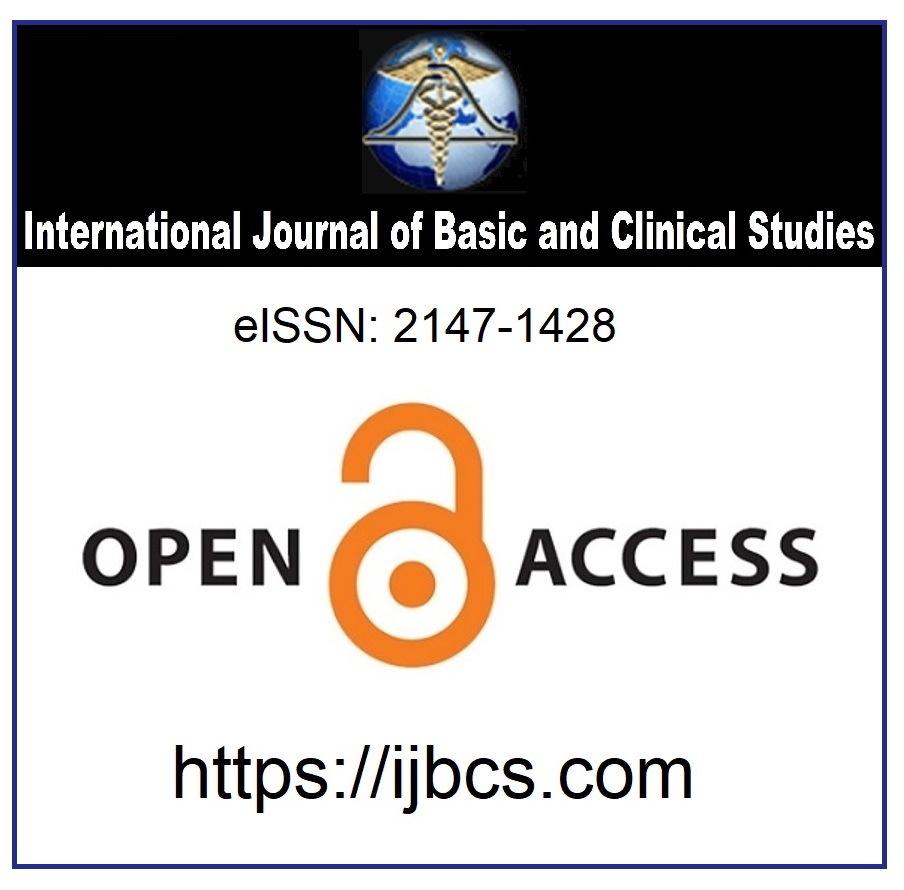Impact of Electrocardiographic Diastolic Parameters and Diastolic ECG Index in Predicting Postoperative Atrial Fibrillation
Keywords:
Atrial Fibrillation, Coronary Artery Bypass Grafting, ElectrocardiographyAbstract
Background. Diastolic dysfunction (DD) is a significant predisposing factor for postoperative atrial fibrillation (POAF). Diastolic electrocardigraphy (ECG) parameters and ECG index (Tend-P / [PQ x Age]) provides a good diagnostic performance for the recognition of DD. In our study, we aimed to investigate the relation between diastolic ECG parameters, novel diastolic ECG index and POAF in patients undergoing elective coronary artery bypass grafting (CABG).
Methods. Patients who will undergo CABG electively were included in the study. Patients were monitored for the occurrence of POAF continuously. Preoperative 12-lead surface ECG were independently analyzed by two experienced cardiologists for the calculation of diastolic parameters and diastolic ECG index.
Results. A total number of 311 patients (age:60.1±8.7 years, 34,1% women) were included in our study, prospectively. 71 (22.8%) of them developed POAF(Group-1). PQ interval (161.4±32.6 vs 147.0±15.1 ms, p<0.01) and QTc (449.3±36.3 vs 426.9 vs 47.6) was significantly longer in Group-1. Tend-Q, Tend-P and QRS intervals were significantly shorter in Group-1. Diastolic ECG index was significantly different between two groups (0.040±0.017 vs 0.058±0.010, p<0.01). We calculated the cut-off value as 0,03 according to POAF occurrence. There was a statistically significant relationship between index lower than 0,03 and POAF occurrence
(p<0.01).
Conclusion. Diastolic ECG parameters and novel diastolic index predict POAF after elective CABG operation. Diastolic ECG index lower than 0,03 was an independent and strong risk factor for POAF occurrence. From clinical point of view, preoperative assessment of these parameters could help identification of high risk patients who might benefit prophylactic treatment.
Downloads
Published
How to Cite
Issue
Section
License
Copyright (c) 2018 by the Authors

This work is licensed under a Creative Commons Attribution 4.0 International License.



